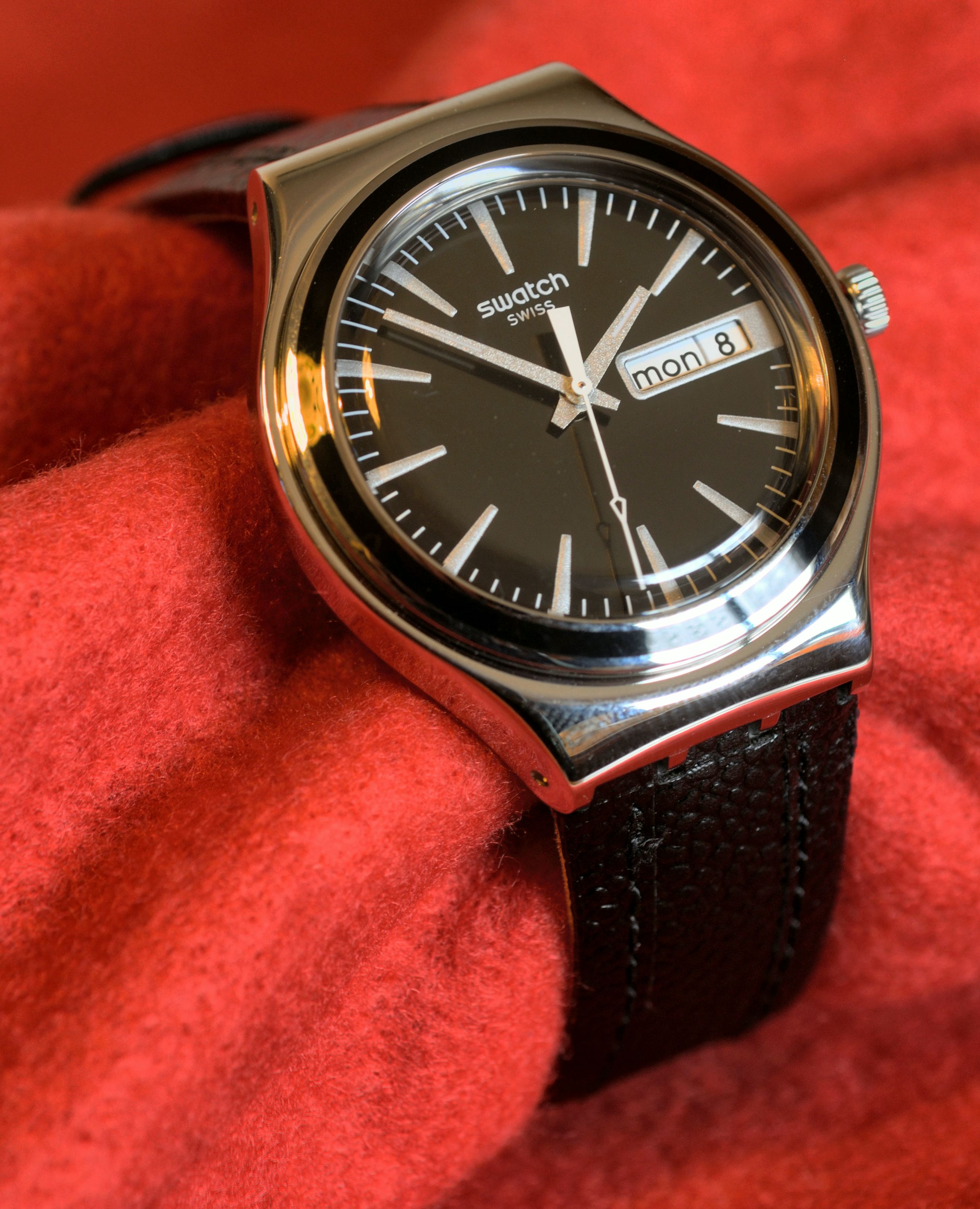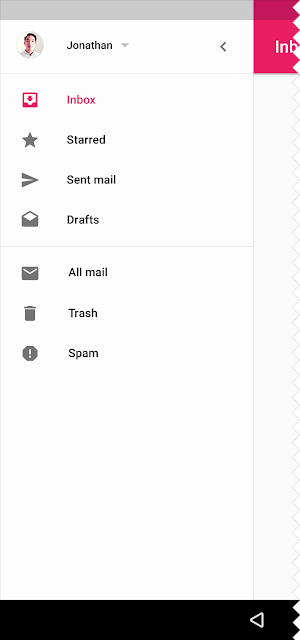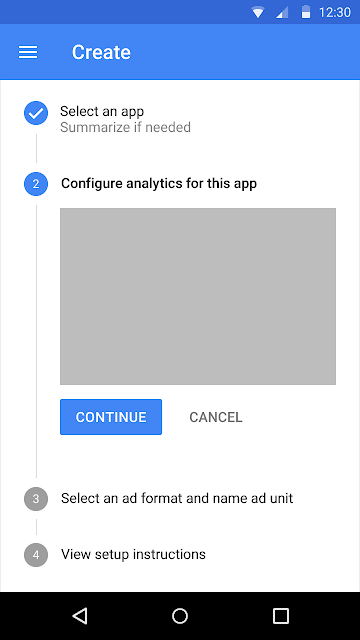In this post we will try to understand how the most-used online-products of our times justify their existence. In short we will try to find out that which of our problems are being solved by these web/mobile products?
WhatsApp
SMSs are/were expensive - Whatsapp made it free (in a way). In developing countries most people had a personal cell phone number before they ever got an email. So the natural id of these people is/was their cell phone number. For these people, creating a user-id for a given website or remembering their email is/was really hard (because they din't speak English fluently) - WhatsApp made their cell-phone-numbers their ids.
Facebook
Amid the dying MySpace & Orkut, people wanted to remain connected with their loved ones (knowing what you're friends/families are up to). Facebook solved this.
Wikipedia
Wikipedia was created to become a open-source, publicly-editable, free, online encyclopedia. Wikipedia is the largest and most popular general reference work on the Internet today. Wikipedia gave us one single trust-able source of knowledge.
Stack Exchange/Overflow
Stack Exchange is a network of question-and-answer websites on topics in varied fields, each site covering a specific topic, where questions, answers, and users are subject to a reputation award process. The sites are modeled after Stack Overflow, a similar site specifically designed for computer programming questions that was the original site in this network. The reputation system allows the sites to be self-moderating. Not every problem's solution can be found on Google - you need to post it somewhere and let people answer it for you - SE/O solved this problem.
Quora
StackOverflow/Exchnage gives answers to practical & detailed questions about actual problems that the users have faced. It expects users to include details about what users had tried and exactly what you are/were they trying to do. So, not all questions work well in the mentioned format - for example, questions that are opinion-based, or that are likely to generate discussion rather than answers - are voted out or blocked. For such questions users needed something - Quora was the answer! The beauty of Quora is that even when you ask a question which has a definitive answer, users post the answer but also elaborate their thought-process and their perspectives around the same.
Twitter
It was conceived as a system where one could send a text-SMS to a number and it would be broadcasted out to all of his friends. Eventually, it became a service via which a person could broadcast his status (what he was doing at a given time) out to all of his friends. SMS-boradcasting was costly. Twitter solved it.
Linkedin
When LinkedIn started in 2002, it was a social network for professionals, where users could host their resumes online. The purpose for many was to seek out jobs and have their colleagues and mentors leave recommendations to bolster their credibility. But in the ten years since, it has slowly evolved into more of a contact relationship management service, but for individuals. Linkedin was launched after the dot-com-bubble had just burst, and the investors had little confidence in internet-entrepreneurs. Linkedin gave a trust-able face to the working professionals & entrepreneurs.
Pinterest
Ease of discovering, organizing, collecting, and sharing web content in a visual and social manner, most of which appeals to a large demographic of females.
SMSs are/were expensive - Whatsapp made it free (in a way). In developing countries most people had a personal cell phone number before they ever got an email. So the natural id of these people is/was their cell phone number. For these people, creating a user-id for a given website or remembering their email is/was really hard (because they din't speak English fluently) - WhatsApp made their cell-phone-numbers their ids.
Amid the dying MySpace & Orkut, people wanted to remain connected with their loved ones (knowing what you're friends/families are up to). Facebook solved this.
Wikipedia
Wikipedia was created to become a open-source, publicly-editable, free, online encyclopedia. Wikipedia is the largest and most popular general reference work on the Internet today. Wikipedia gave us one single trust-able source of knowledge.
Stack Exchange/Overflow
Stack Exchange is a network of question-and-answer websites on topics in varied fields, each site covering a specific topic, where questions, answers, and users are subject to a reputation award process. The sites are modeled after Stack Overflow, a similar site specifically designed for computer programming questions that was the original site in this network. The reputation system allows the sites to be self-moderating. Not every problem's solution can be found on Google - you need to post it somewhere and let people answer it for you - SE/O solved this problem.
Quora
StackOverflow/Exchnage gives answers to practical & detailed questions about actual problems that the users have faced. It expects users to include details about what users had tried and exactly what you are/were they trying to do. So, not all questions work well in the mentioned format - for example, questions that are opinion-based, or that are likely to generate discussion rather than answers - are voted out or blocked. For such questions users needed something - Quora was the answer! The beauty of Quora is that even when you ask a question which has a definitive answer, users post the answer but also elaborate their thought-process and their perspectives around the same.
It was conceived as a system where one could send a text-SMS to a number and it would be broadcasted out to all of his friends. Eventually, it became a service via which a person could broadcast his status (what he was doing at a given time) out to all of his friends. SMS-boradcasting was costly. Twitter solved it.
When LinkedIn started in 2002, it was a social network for professionals, where users could host their resumes online. The purpose for many was to seek out jobs and have their colleagues and mentors leave recommendations to bolster their credibility. But in the ten years since, it has slowly evolved into more of a contact relationship management service, but for individuals. Linkedin was launched after the dot-com-bubble had just burst, and the investors had little confidence in internet-entrepreneurs. Linkedin gave a trust-able face to the working professionals & entrepreneurs.
Ease of discovering, organizing, collecting, and sharing web content in a visual and social manner, most of which appeals to a large demographic of females.




































